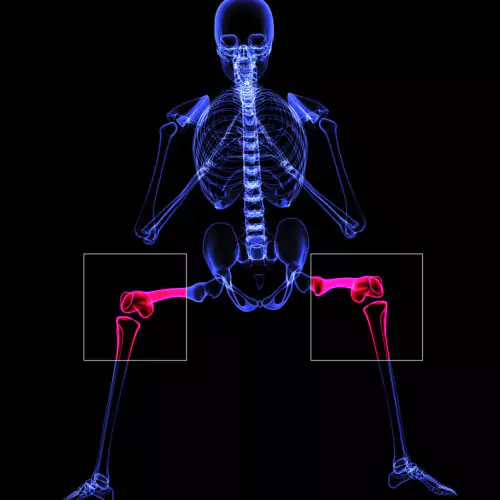Click, clunk, pop, crack. . . these are the words our knees use to speak to us as we get older. If your body is speaking this language you are normal.
Over time, as your knees absorb the shock of each step, the cushion (protective cartilage) begins to wear down. As you move, your knee joint rubs together with less of this cushioning clicking noises occur. The more active you are and the more impact your knees experience, the earlier in life you will likely start to hear these sounds.
If you are not experiencing pain, it is nothing to be concerned about. However, it is a sign that pain and stiffness may be on the way as breakdown continues over time.
Don’t start panicking yet!
If you choose to do something about it now, you may be able to stop the progression of knee pain in its tracks.
Are we in agreement that our knees are important? That we need them to remain active and continue to participate in our every day and recreational activities. So, let’s be nice to our knees now, in order that they continue to work for us in the future.
Here are 9 ways to be nice to your knees today
1. Warm up before exercise
Proper dynamic stretching and warm up to initiate blood flow before you exercise is important. It can help you walk, jog, or run further with more ease and less risk of knee injury.
2. Cool down after activity
Stretching after exercise is key to ease stiffness (especially the kind you experience the next morning). It improves circulation and flexibility of the surrounding joints and muscles. A day of lifting heavy boxes or chasing grandchildren is exercise too, so stretch after these activities too.
3. Avoid kneeling
The increased pressure of supporting your body weight with the added force of pushing onto the hard ground can be damaging. Use a knee rest when gardening or sit on a cushion instead. If you must kneel, try not to do it for longer than 10 minutes. Get up often and move around before kneeling down again.
4. Strengthen the surrounding muscles
If the muscles around your knees are weak they are not going to be able to support your knee joints and you are much more likely to suffer from aches and pains.
5. Avoid sitting for long periods
When you sit at a desk with your knees bent underneath you, the ligaments and muscles around your knee are stretched. When seated, bend and straighten your knees under your desk, vary the position your legs are in and alternate sitting with standing and walking activities.
6. Avoid crossing your legs
Again, this seated position puts your knees in an unnatural position. your joints are twisted, muscles stretched, and you are more vulnerable to injury.
7. Position a pillow between your knees
When laying down place a pillow between your knees. This can help reduce pain and swelling, as well as keep your knee joint properly aligned for their protection.
8. Wear supportive shoes with good cushioning
The base you stand on effects all your joints. If you have a shoe with good cushioning and shock absorption, you will decrease force put through your knee joint. In addition, a prescription orthotic may be the answer to properly aligning and cushioning your ankle and knee joints. (We have some awesome orthotics that we can fit you for at our clinic)
9. Alternate activities
If you do a lot of running, aerobics or hiking try to occasionally alternate these activities with cycling or swimming that puts less stress on your joints. Replacing a high impact activity just once a week can make a big difference in the wear and tear of your knee joint. This also gives the muscles and tissue around the knee time to recover and build strength.


